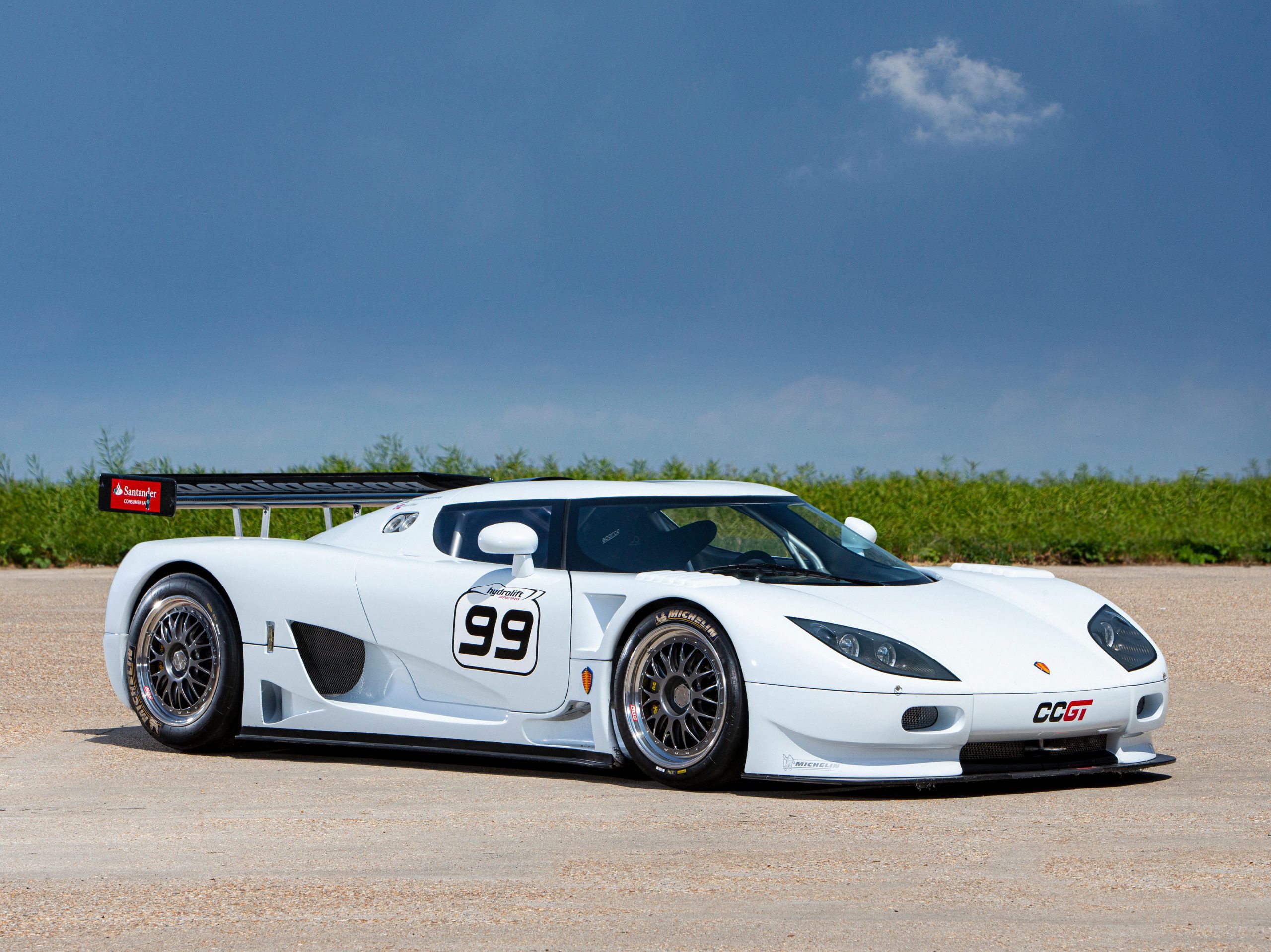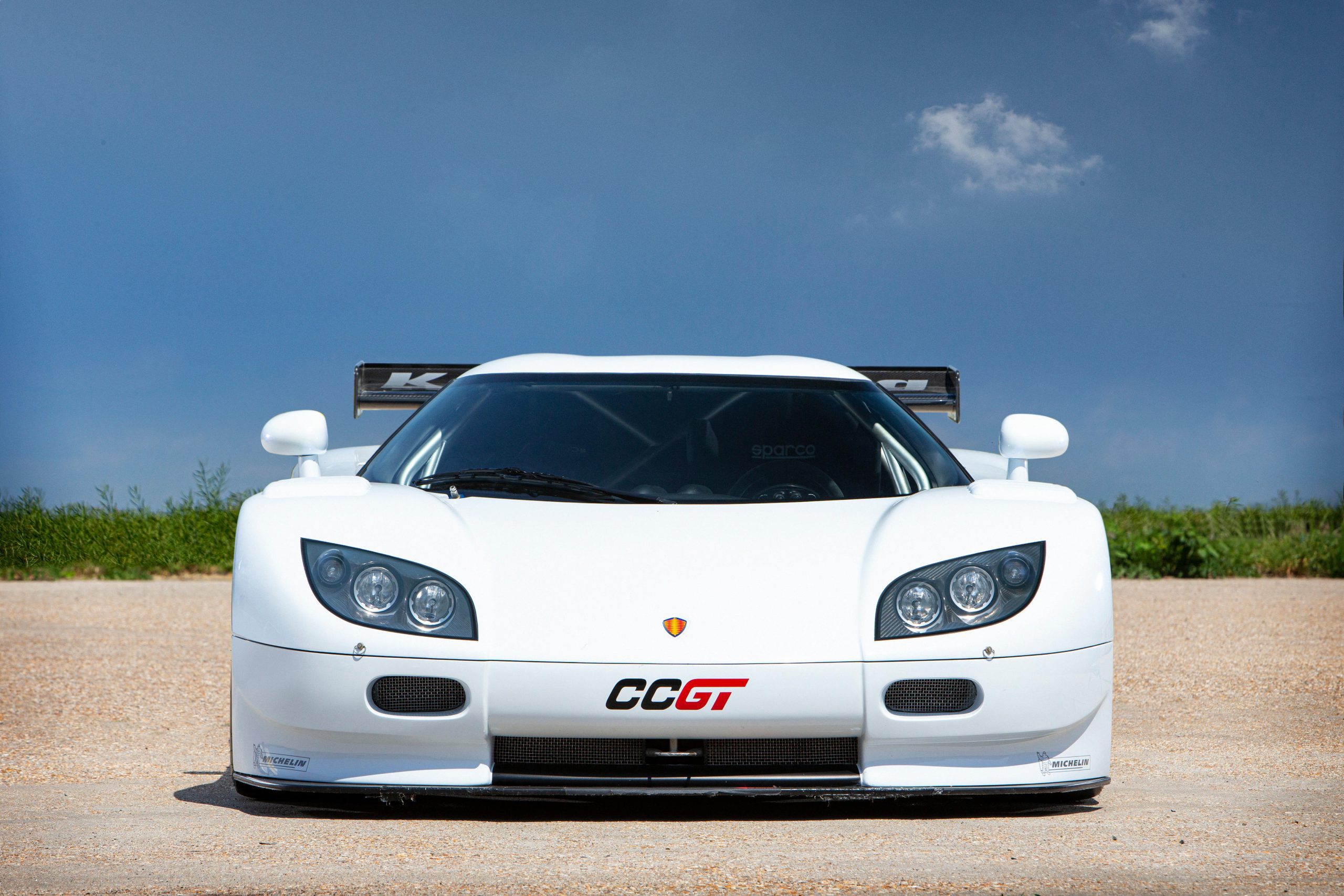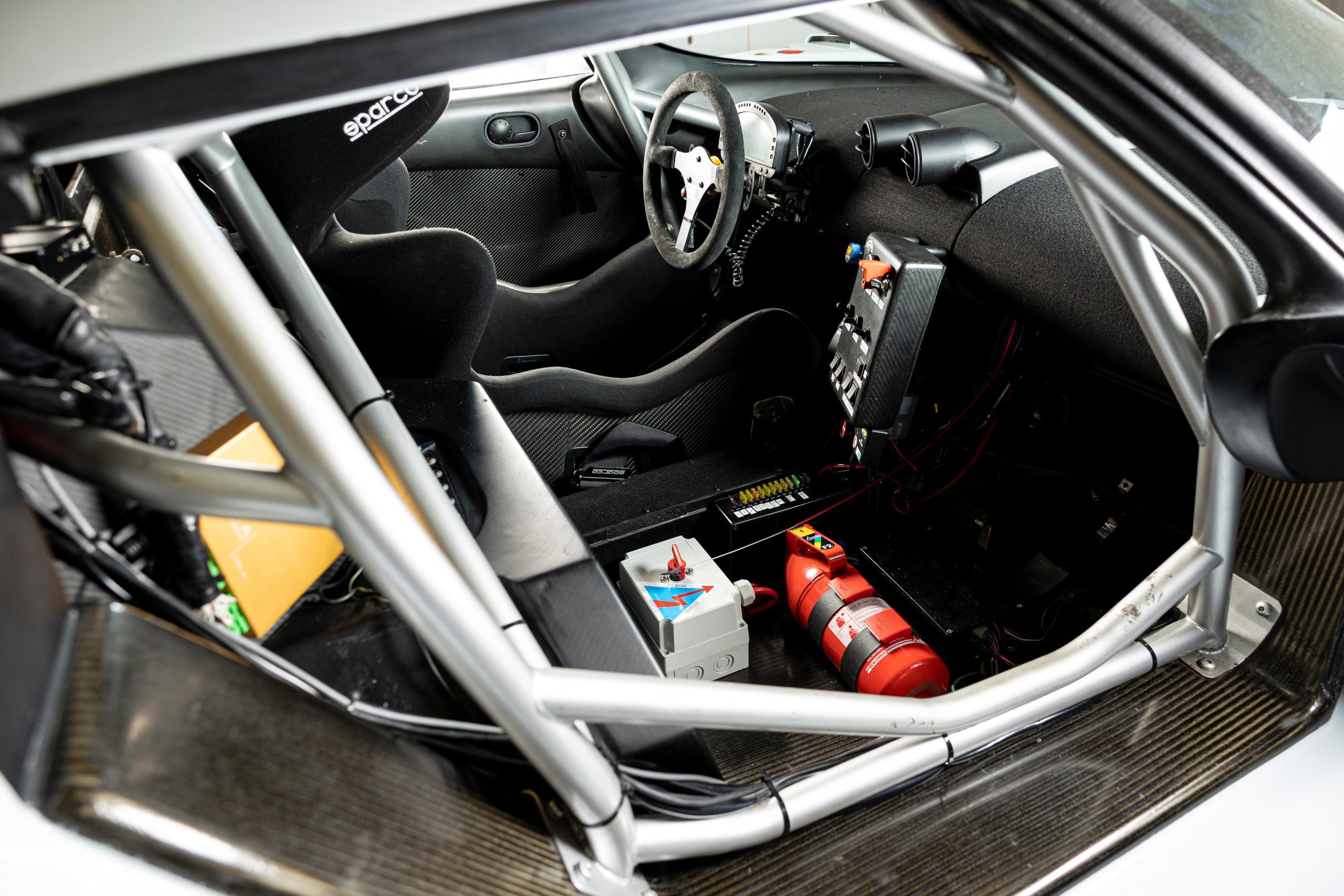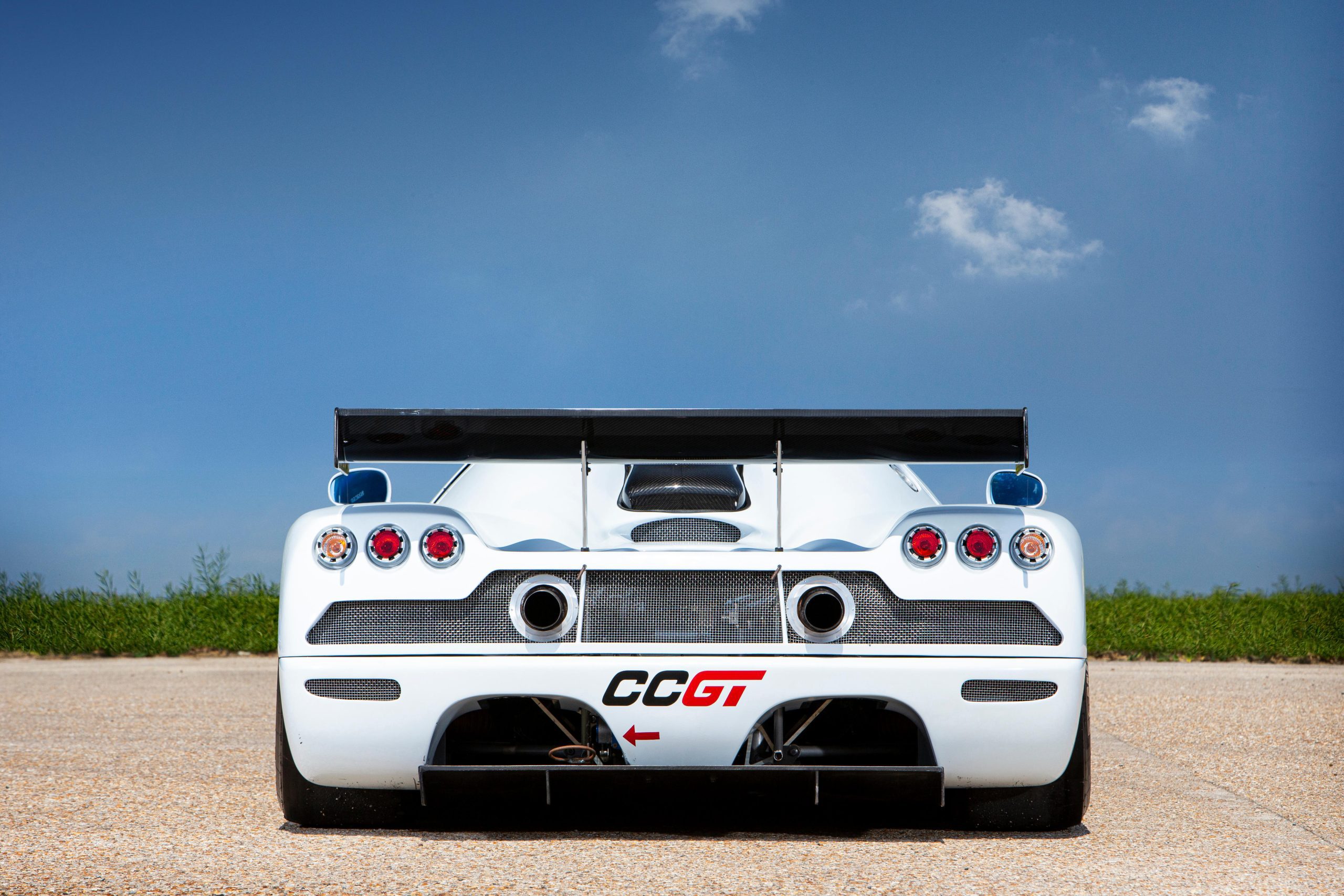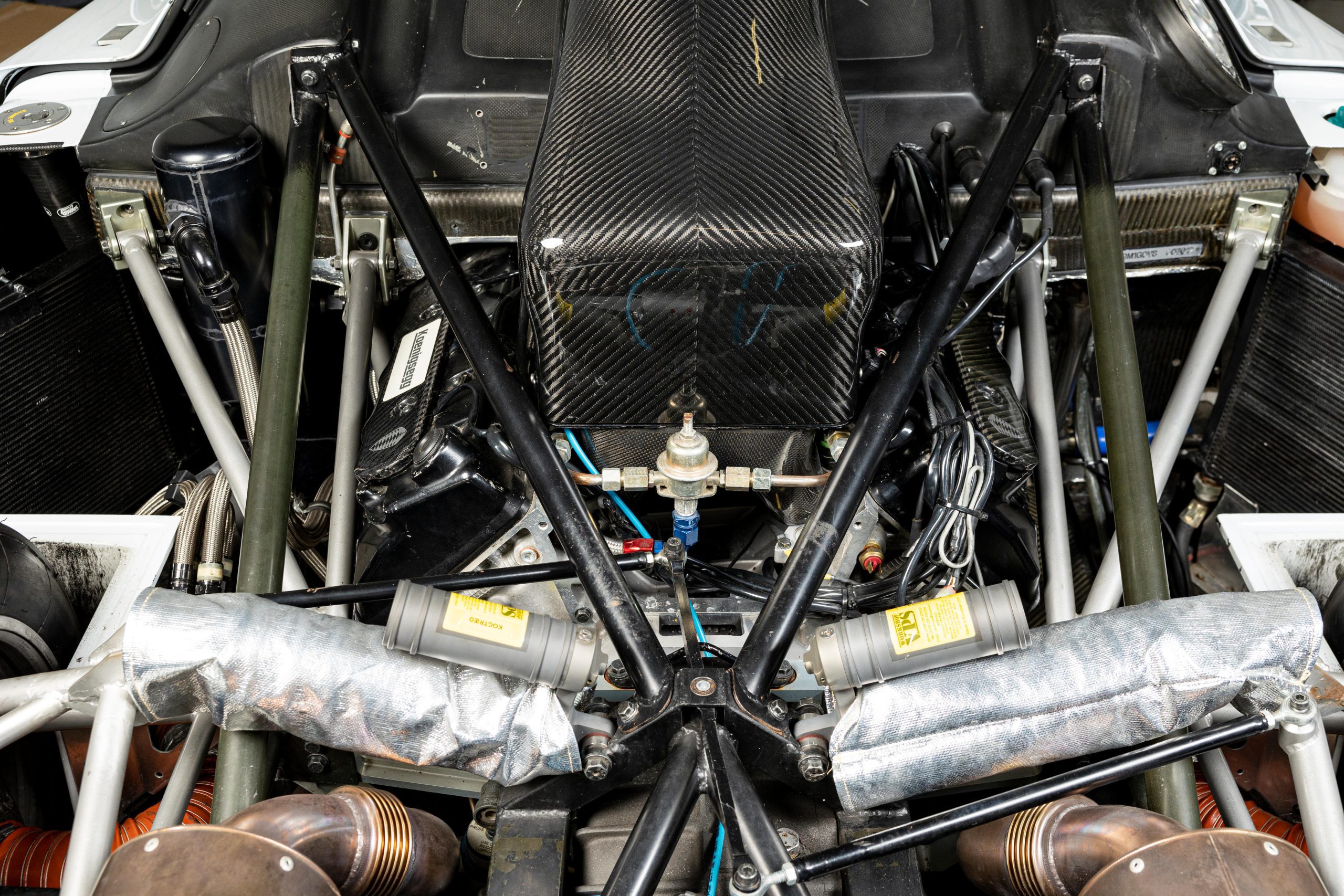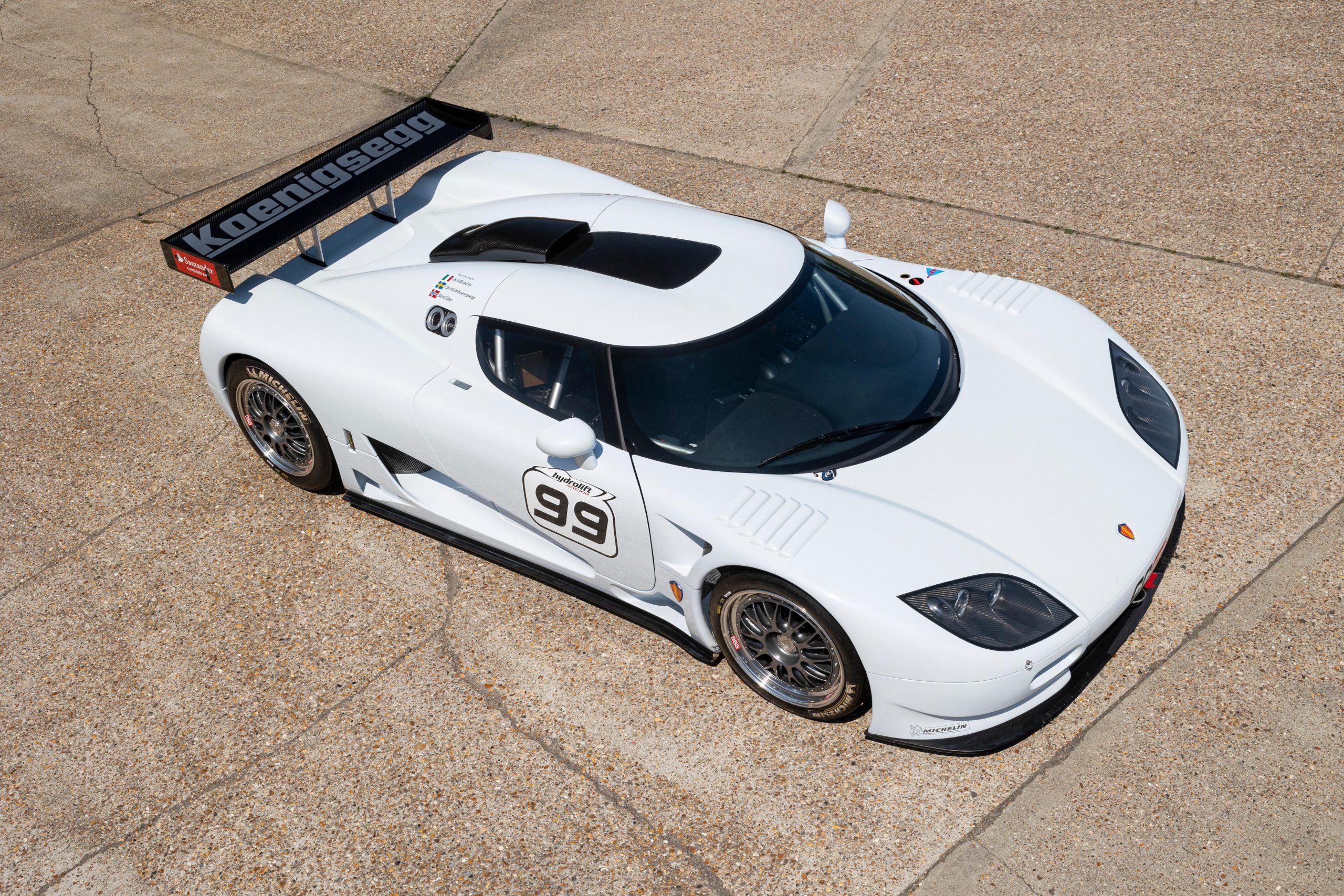
[ad_1]
The CCGT, introduced at the 2007 Geneva Automobile Show, was conceived as a parallel effort during the production of Koenigsegg’s standard cars, with its primary purpose being participation in the 24 Hours of Le Mans series, following FIM regulations for LMP prototype cars. Drawing inspiration from the Koenigsegg CCR and incorporating elements from the CCX model, the CCGT aimed to comply with the GT1 Class regulations, governing factors such as a maximum width of 2 meters and a cockpit width constituting at least 70% of the car.
Weighing just under 1,000kg without ballast, the CCGT boasted over 600kg of downforce and harnessed over 600bhp from its naturally aspirated 5.0-liter 32-valve V8 engine. Power was transmitted through an AP-Racing twin-disc clutch and a Koenigsegg/Cima sequential magnesium transaxle. The car featured double wishbone suspension, pushrod-operated gas-hydraulic shock absorbers, a pneumatic pit-stop lifting system, rack-and-pinion steering, and 362mm carbon disc brakes gripped by light alloy six-piston monobloc calipers.
Constructed on a carbon-fiber/honeycomb chassis, the two-seater sported a carbon-fiber/Kevlar body with a homologated full roll cage by Koenigsegg-ME-Racing. Initially equipped with a conventional gear lever, the sequential gearbox is now operated by paddle shifts on the steering wheel.
Under the supervision of Dag Bölenius, the car was developed and handcrafted by a specialized team from 2003 to 2007. Test drives took place at Knutstorp race circuit in 2008, with legendary test driver Loris Bicocchi at the helm. However, just two months after initial shake-down runs, regulatory changes by the ACO and FIA dashed the GT1 Class racing dream, concluding with the completion of only one CCGT, rendering it an exceptionally unique race car.
Source: Bonhams Cars
[ad_2]
